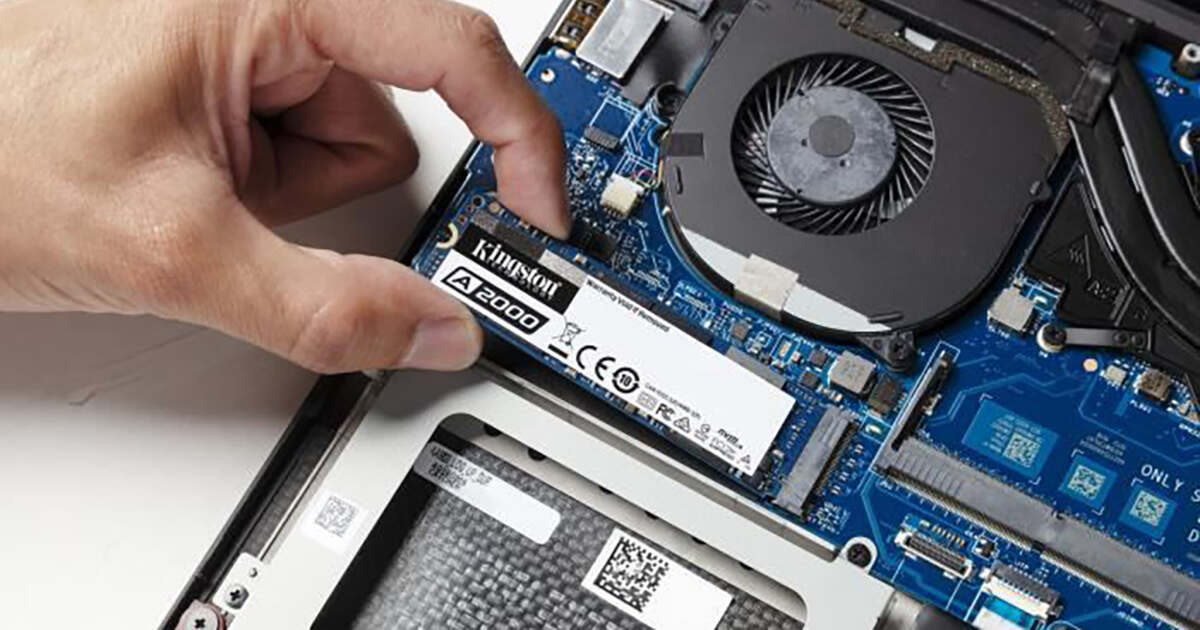How many SSDs can a PC Have?, content creator, or just someone who wants a faster and more efficient PC, upgrading your storage with Solid State Drives (SSDs) can make a huge difference. SSDs are known for significantly enhancing a computer’s speed and overall performance.
Before diving into the specifics, it’s important to understand how SSDs work and why they’re beneficial. How many SSDs can a PC Have? Unlike traditional hard drives with moving parts, SSDs use flash memory, which allows for faster boot times, quicker file access, and overall better responsiveness. They’re also more reliable since they’re less prone to damage from physical bumps or drops.
This guide will simplify the process for you. SSDs provide a modern, efficient way to store data without the mechanical parts of old hard drives. As a result, they offer better durability and a significant speed boost for tasks like launching programs, starting up your PC, or loading games. Overall, SSDs outperform traditional hard drives in speed and reliability.
You can also read about FineBrowser Freeware Download: The Ultimate Browsing Solution
Factors Determining the Number of SSDs a PC Can Support
Motherboard Slots and Connectors
The slots and connectors on your motherboard play a crucial role in determining what hardware can be installed in your PC. These components are the foundation of your system, allowing everything from storage drives to graphics cards to connect and function properly.
Motherboards come equipped with various types of slots, including PCIe slots for graphics cards and expansion cards, and SATA or M.2 connectors for storage devices like SSDs or hard drives. How many SSDs can a PC Have? Understanding the types and numbers of these slots is essential when planning any upgrades or custom builds.
Additionally, some motherboards support multiple types of connectors, How many SSDs can a PC Have? offering flexibility for adding more storage or other peripherals. Knowing the layout and capacity of your motherboard’s slots and connectors ensures that you can make the most of your system’s potential for expansion and performance.
Explanation of SATA and M.2 Connectors
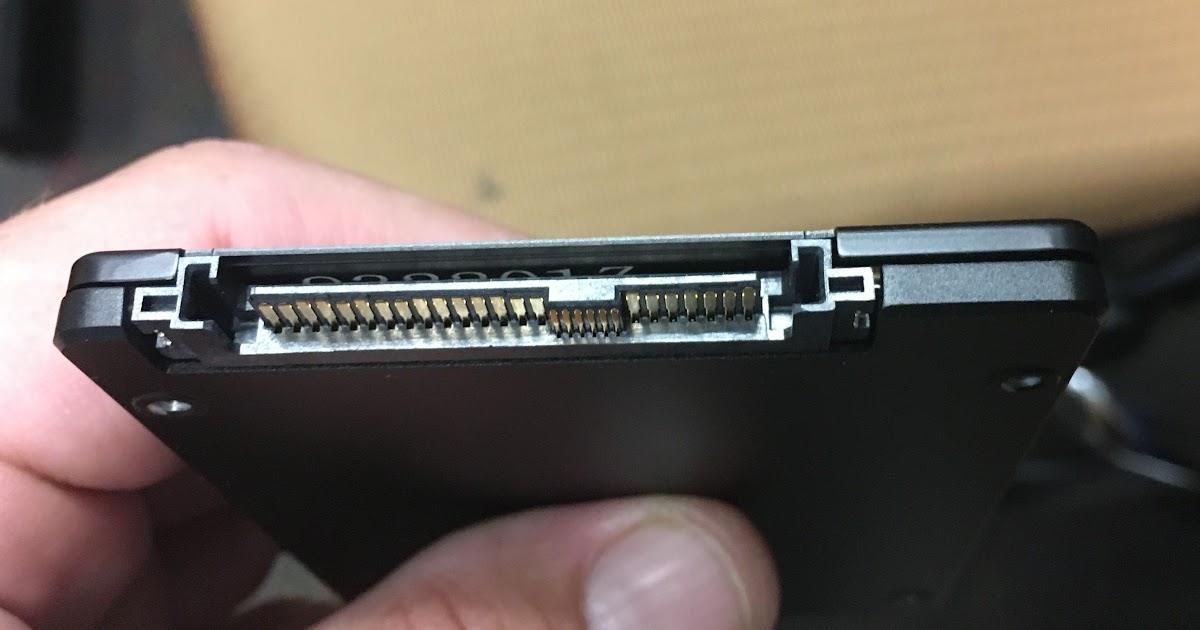
The motherboard serves as the central hub of your PC, connecting all its components, including SSDs. Two common types of connectors for SSDs found on motherboards are SATA and M.2.
SATA connectors have been a standard for quite some time, utilized not only for SSDs but also for traditional hard drives and optical drives. How many SSDs can a PC Have? They provide reliable speeds suitable for most users, though they aren’t the fastest option available today. Each SATA connector allows for the connection of one SSD or drive, making it a straightforward choice for expanding storage.
How many SSDs can a PC Have? M.2 connectors are a newer, more compact type that enables significantly faster data transfer rates, making them ideal for SSDs. M.2 SSDs are small and connect directly to the motherboard without the need for additional cables, which saves space and enhances performance. How many SSDs can a PC Have? Additionally, some M.2 slots support NVMe technology, delivering even faster data transfer speeds compared to SATA.
The Role of PCIe Slots in SSD Connectivity
PCIe slots are another crucial component of the motherboard, primarily known for their use with graphics cards. However, they can also accommodate SSDs, particularly those designed to leverage NVMe speeds. How many SSDs can a PC Have? PCIe SSDs offer superior performance compared to M.2 NVMe SSDs by utilizing multiple data lanes for data transfer.
This increased bandwidth makes them ideal for demanding applications that require rapid data access, such as high-resolution video editing or extensive data analysis.
While PCIe SSDs provide impressive speed, using a PCIe slot for storage can impact the number of slots available for other expansion cards. How many SSDs can a PC Have? This means that if you choose to install a PCIe SSD, you may have to compromise on the availability of slots for components like additional graphics cards or network adapters.
Ultimately, the decision to utilize a PCIe slot for an SSD involves weighing the need for maximum data transfer speed against the potential limitations on future expandability. If high performance is your top priority, a PCIe SSD could be the right choice, but be mindful of how it might affect your overall system configuration.
Physical Space Within the PC Case And How many SSDs can a PC Have?
When determining how many SSDs you can incorporate into your PC, one crucial aspect to consider is the physical space available inside your computer case. PC cases vary in size, including full tower, mid-tower, and mini-ITX formats, each providing different levels of space for storage devices.
A full tower case typically offers the most room, allowing you to install multiple SSDs along with other components. How many SSDs can a PC Have? Mid-tower cases also provide a good amount of space, making them suitable for several SSDs while maintaining a compact design.
In contrast, mini-ITX cases have limited space, which may restrict the number of SSDs you can install, requiring careful planning and consideration of your storage needs.
Ultimately, assessing your PC case’s dimensions and layout is essential for maximizing SSD installation while ensuring proper airflow and organization within your system. Understanding these limitations will help you make informed decisions about your storage configuration.
Size Constraints for Different PC Cases
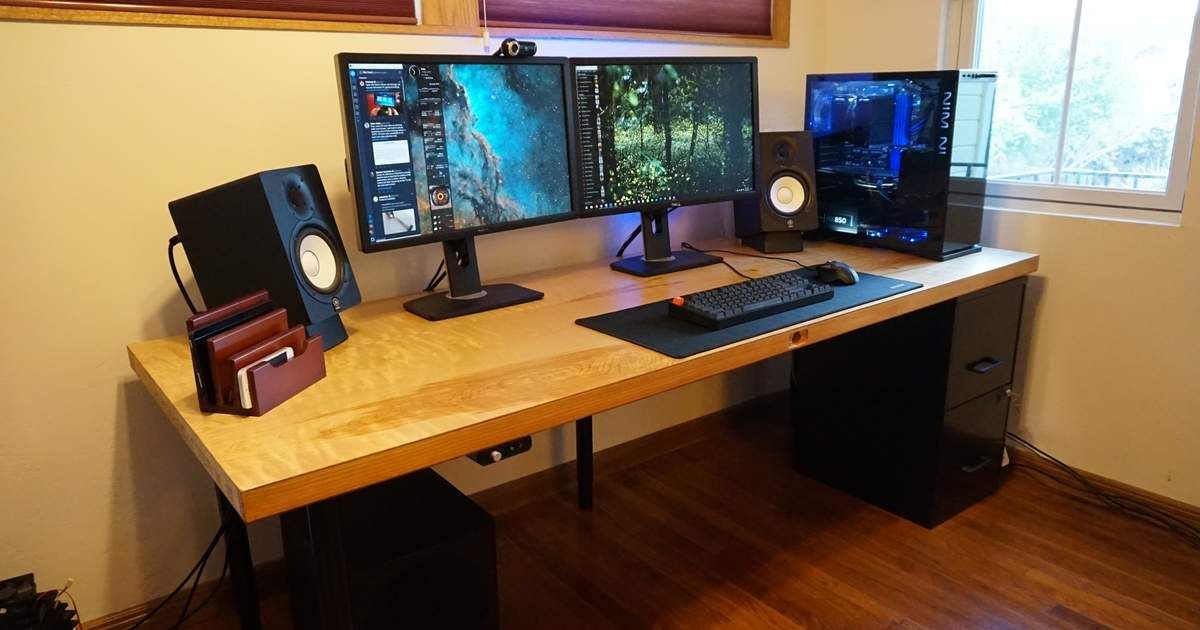
Full tower cases provide the most expansive interior, enabling you to install multiple SSDs, including both SATA and M.2 varieties, as well as other hardware components. How many SSDs can a PC Have? This ample space not only allows for greater storage capacity but also facilitates improved airflow and easier cable management.
Mid-tower cases are a popular option and can still accommodate several SSDs. However, in these cases, you’ll need to pay closer attention to spacing and cooling to ensure optimal performance. While they offer a good balance between size and functionality, planning your layout is essential to maximize the available space.
Mini-ITX cases are designed for compact builds and provide the least amount of space. Although their size limits the number of components you can include, thoughtful layout planning can still allow for the installation of one or two SSDs. How many SSDs can a PC Have? This makes mini-ITX cases a viable option for users looking to create a small-form-factor system without sacrificing too much storage.
Mounting Options for SSDs
Fortunately, SSDs offer greater flexibility than traditional hard drives regarding mounting options. Many PC cases include dedicated mounts or trays for SSDs, which can be found behind the motherboard tray, within the hard drive bay, or even on the bottom of the case. This variety in placement allows for easier installation and better organization of your components.
M.2 SSDs are particularly advantageous for space efficiency, as they connect directly to the motherboard without needing additional mounting space. How many SSDs can a PC Have? This design allows for a more streamlined build and maximizes the available room inside your case.
When planning your system, it’s crucial to ensure that your case layout can accommodate your desired number of SSDs while also promoting adequate airflow for cooling. Proper airflow is essential for maintaining optimal performance and longevity of your components, so take the time to organize your SSDs thoughtfully within your setup.
Power Supply Capacity
How the Power Supply Limits the Number of SSDs?
One important but often overlooked aspect of adding SSDs to your PC is the role of the power supply unit (PSU). Every component in your computer, including each SSD, requires power to function. How many SSDs can a PC Have? Although SSDs are generally more energy-efficient than traditional hard drives, the cumulative power consumption can become significant if you’re planning to install multiple drives.
The PSU in your computer has a specific wattage rating, which indicates the maximum amount of power it can provide to all connected components combined. If the total power demand from your system’s parts—including the CPU, GPU, SSDs, and fans—exceeds the PSU’s capacity, you may experience system shutdowns or even boot failures.
While SSDs don’t draw much power, especially compared to high-performance graphics cards or CPUs, it’s still essential to consider their power requirements in your overall budget.
Most SATA SSDs consume about 2 to 3 watts when in use, whereas M.2 NVMe SSDs can use slightly more power, typically ranging from 3.5 to 7 watts due to their enhanced speeds and performance.
How many SSDs can a PC Have? Before adding multiple SSDs to your setup, it’s wise to check the power consumption specifications for each drive and factor them into your total power budget.
What is Average SSD Capacity for Different PC Types?
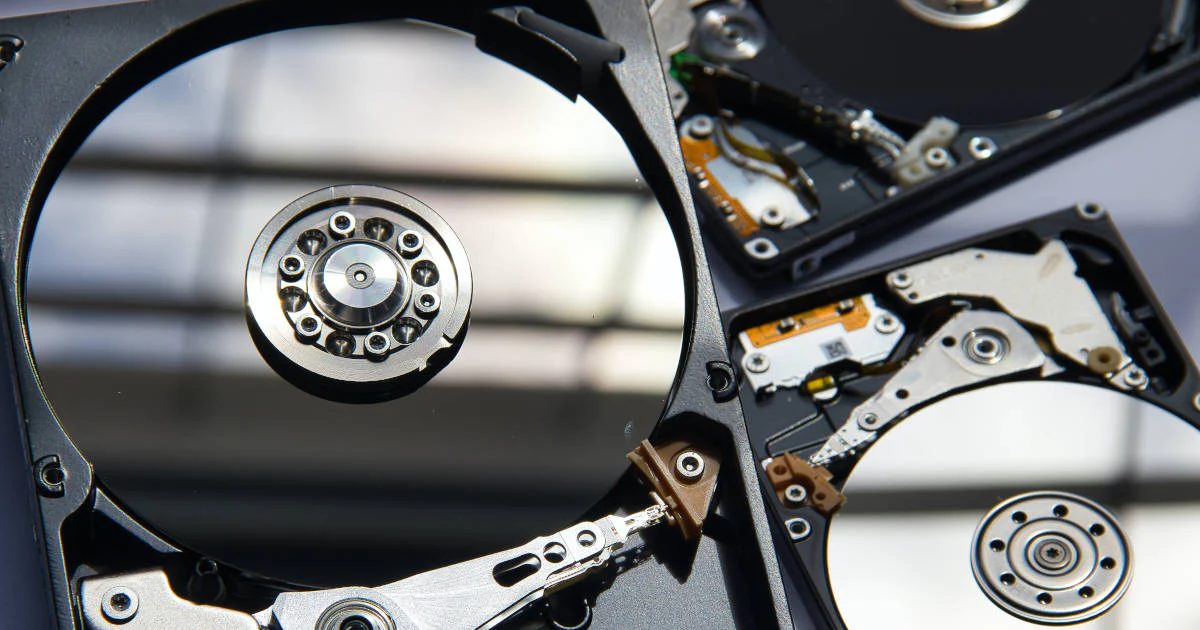
When thinking about adding SSDs to various types of PCs, it’s important to understand the typical SSD capacities that are best suited for each category. Different use cases and performance needs often dictate the ideal storage size for optimal functionality.
For gaming PCs, SSDs with capacities ranging from 500GB to 2TB are common. This size range allows for quick loading times and ample space for multiple games, which can be quite large. Gamers often prefer higher-capacity drives to store not just games but also downloadable content and other software without running out of space.
For general-purpose home or office PCs, SSDs between 250GB and 1TB are typically sufficient. This range accommodates everyday tasks such as web browsing, document editing, and media consumption. Users who need more storage for large files, like videos and photos, may opt for drives in the 1TB to 2TB range to ensure they have enough room for their data.
Desktop PCs How many SSDs can a PC Have?
For desktop PCs, which are generally used for tasks such as web browsing, document creation, and media consumption, an SSD with a capacity between 250GB and 500GB is typically adequate. This size range offers enough space for the operating system, essential applications, and a reasonable amount of personal files.
A 250GB SSD is suitable for users who primarily engage in light computing activities, allowing them to install the OS and a selection of applications without running into space issues. On the other hand, a 500GB SSD is ideal for those who store a moderate amount of personal data, such as photos, music, and documents, while still enjoying quick boot times and fast application loading.
How many SSDs can a PC Have? As users’ storage needs grow, especially with larger files or more applications, opting for an SSD in the 500GB to 1TB range may provide additional flexibility. This ensures that users can comfortably manage their data without the constant worry of running out of space.
Gaming PCs How many SSDs can a PC Have?
Gaming PCs require more storage capacity due to the large sizes of modern games. Typically, a 500GB to 1TB SSD is a popular choice, providing enough space for gamers to store multiple large titles, along with the operating system and essential applications. This range strikes a balance between performance and capacity, ensuring smooth gameplay and fast loading times.
Serious gamers often find that a 1TB SSD is more suitable for their needs, especially as game sizes continue to increase. Many modern games can exceed 100GB, making it easy to quickly fill a smaller SSD. As a result, gamers may consider upgrading to a larger SSD or adding an additional one to keep pace with their expanding game libraries.
Having ample storage not only enhances the gaming experience by reducing load times but also allows players to install additional games and updates without the hassle of constantly managing their storage space. How many SSDs can a PC Have? This flexibility is crucial for gamers who want to stay engaged with the latest titles without running out of room on their drives.
How many SSDs can a PC Have? Workstations
For workstations designed for demanding tasks like video editing, graphic design, or data analysis, SSDs with capacities ranging from 1TB to 2TB are often the norm. These tasks frequently involve managing large files, and having sufficient storage is crucial for both the projects and the software used to handle them.
How many SSDs can a PC Have? The increased capacity not only allows for storing extensive project files but also supports multiple applications running simultaneously without performance issues.
The average SSD capacity for workstations reflects the typical storage needs associated with high-performance computing. Given the size of files often handled in creative and analytical work, it’s essential to have a robust storage solution.
How many SSDs can a PC Have? A larger SSD ensures that users have enough space for project files, application installations, and any required backups, minimizing the risk of running out of storage during critical tasks.
While these guidelines provide a useful overview, individual requirements can vary significantly based on specific workflows and personal preferences. Therefore, it’s important to assess your particular needs and usage scenarios when determining the ideal SSD capacity for your workstation, rather than strictly adhering to general recommendations.
Use Cases for Multiple SSDs in a Single PC
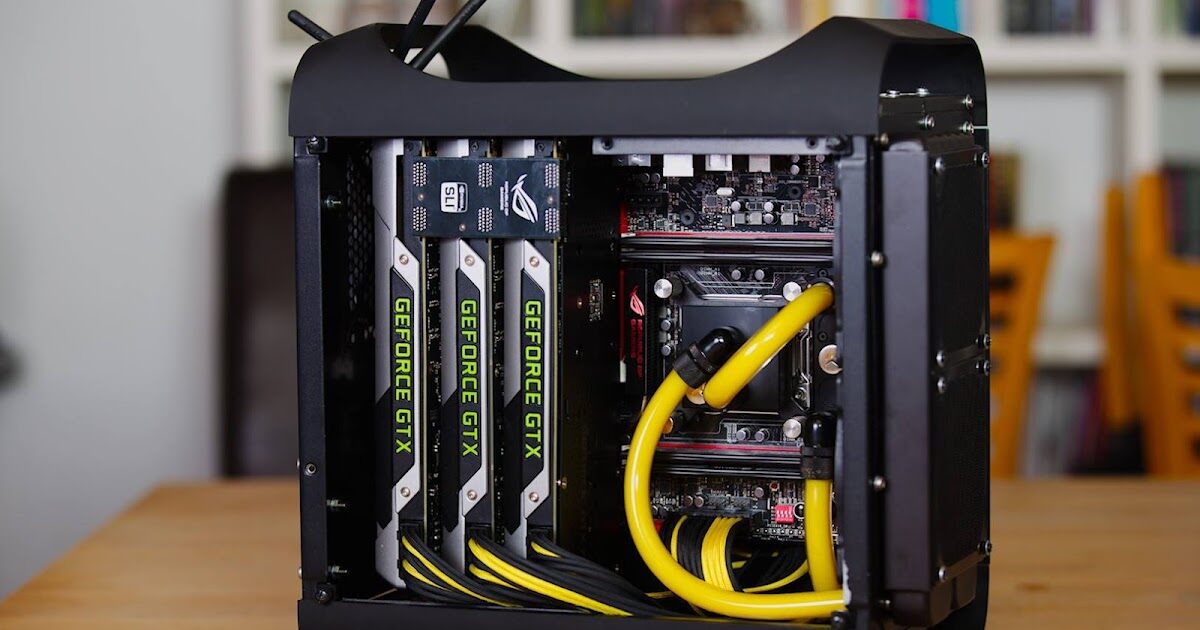
How many SSDs can a PC Have? Utilizing multiple SSDs in a single PC can greatly improve both performance and reliability for a wide range of tasks. Here’s a straightforward look at the advantages of this configuration:
Allocating a specific SSD for your operating system can lead to significantly faster boot times and overall system responsiveness. This setup isolates the OS from the demands of other applications, ensuring smoother operation without interference from data storage or retrieval processes.
For gamers and professionals, using dedicated SSDs for games and high-demand applications can enhance performance. How many SSDs can a PC Have? This organization not only streamlines storage management but also facilitates quicker loading times, as each SSD can be accessed simultaneously, reducing competition for bandwidth.
Implementing multiple SSDs in a RAID (Redundant Array of Independent Disks) configuration can boost either data security or speed. This approach allows for data redundancy, providing backups, or optimizing read and write speeds. For users who prioritize either data protection or quick access to large files, a RAID setup with SSDs presents an excellent solution.
Incorporating multiple SSDs into your PC setup can address specific needs, enhancing system performance and data management. How many SSDs can a PC Have? This strategy is particularly advantageous for users engaged in gaming, content creation, or other demanding tasks.
CONCLUSION
The number of SSDs a PC can accommodate largely depends on the motherboard’s available connectors and the physical space within the computer case. With various types of connectors, including SATA and M.2, most motherboards can support multiple SSDs, enabling users to expand their storage capacity and improve performance.
Additionally, the type of PC whether a desktop, gaming rig, or workstation—plays a significant role in determining the ideal number of SSDs. Each category has specific storage requirements, which means users must consider their individual needs when planning for additional SSDs.
Ultimately, utilizing multiple SSDs can greatly enhance a PC’s speed and efficiency, making it a worthwhile investment for gamers, content creators, and professionals. By understanding the factors that influence SSD capacity, users can make informed decisions to optimize their systems for better performance and reliability.
